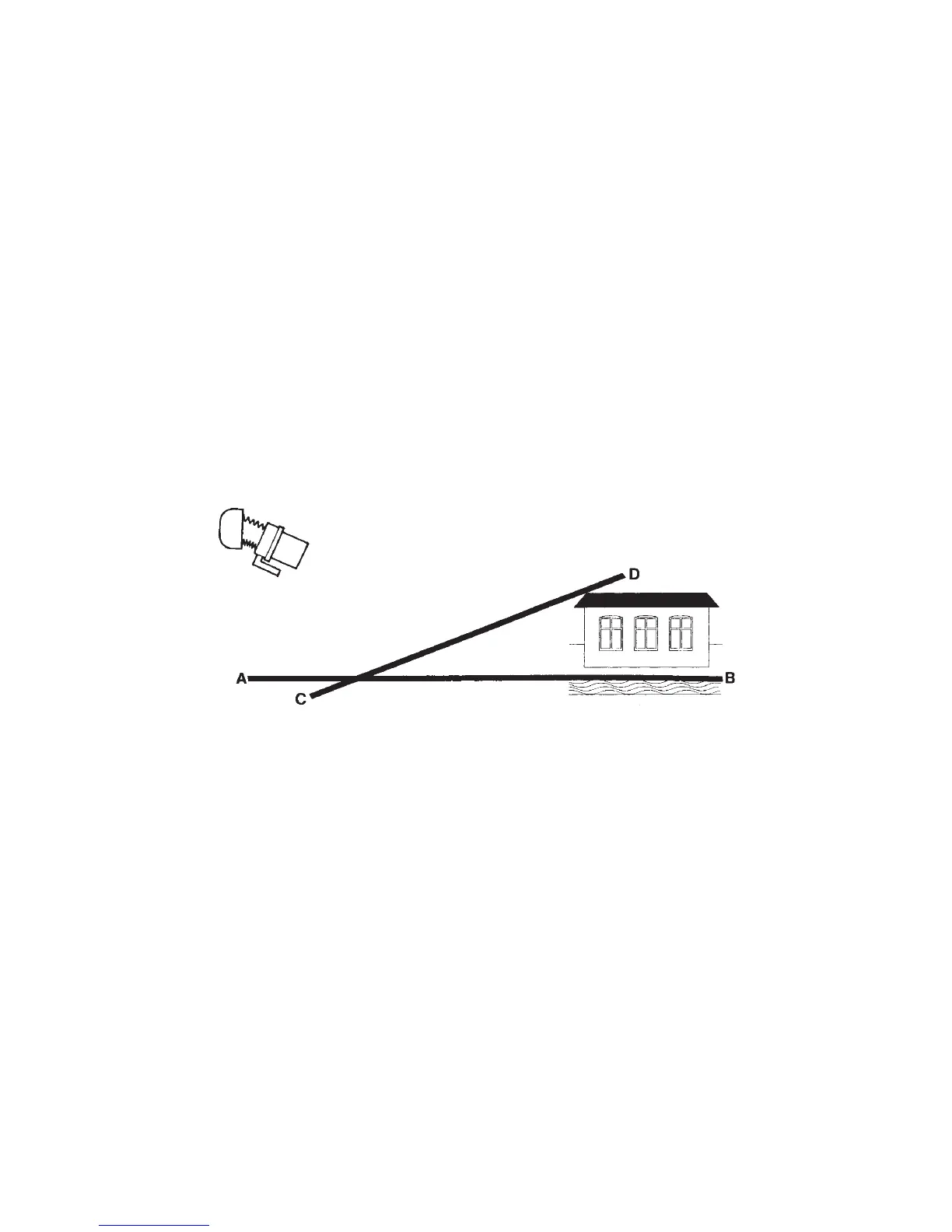222 THE HASSELBLAD MANUAL
and check whether the sharpness range increases. If not, tilt the plane in the other direction.
Check the sharpness at the top and bottom and see whether both become critically sharp at
some point. If they do not, change the focus setting on the lens. You will quickly fi nd a point
where you have sharpness over the entire plane. Lock the tilt control.
Limitations of Sharpness Controls
With the tilt control you can accomplish sharpness over the entire area even with the lens
aperture wide open, but only if you have a fl at subject plane, such as the surface of a table or
a fl at fi eld in the landscape. If there are any three-dimensional subjects on the table — a vase
with fl owers, a bottle of wine — or a building or tree in a landscape, the various subjects are
no longer on a fl at plane. We have at least two different image planes: one is the fl at surface,
the other a plane going from the surface to the top of the subject (see Figure 13-7). You can
adjust the tilt for either, but not for both. The difference must be corrected with the lens aper-
ture and its resulting depth-of-fi eld.
Figure 13-7 Sharpness in different subject planes. The image plane can be tilted for sharpness in
one subject plane only, either plane A to B or plane C to D. The depth-of-fi eld control must be
used to achieve sharpness in both planes.
The tilt control also allows you to do the opposite — to limit the sharpness to one par-
ticular plane. Be careful when doing this as it is a special effect that can easily look artifi cial
and attract unnecessary attention.
THE SHIFT CONTROL
On the FlexBody and the ArcBody, the image plane can also be shifted — moved up or
down while remaining parallel to the lens plane. The main applications are in product and
architectural photography. Instead of tilting the camera upward to cover a building to the top,
resulting in slanted verticals, you can shift the image plane downward (see Figure 13-8). By doing
this you can keep the image plane parallel to the subject plane; the wall of the building perhaps.

